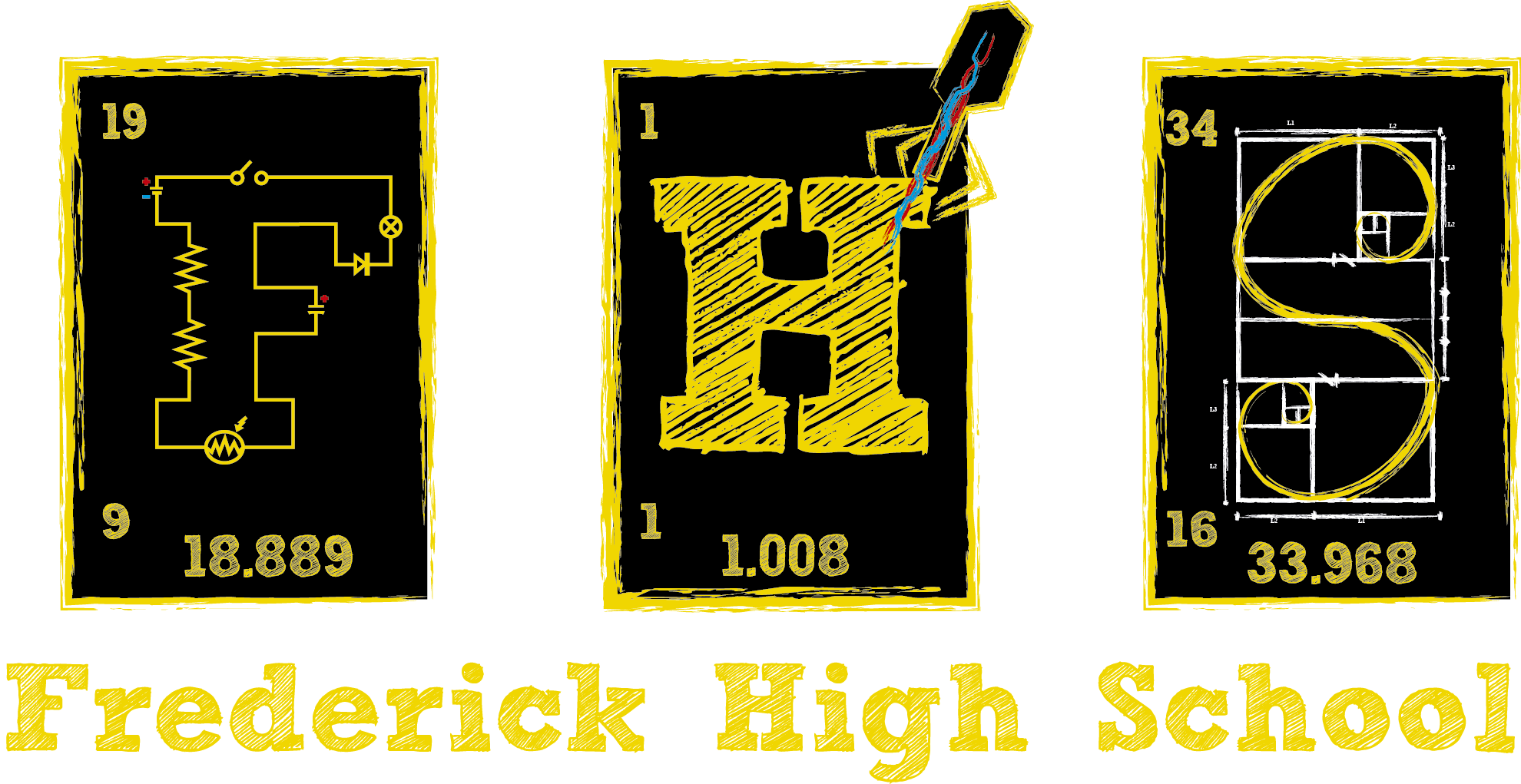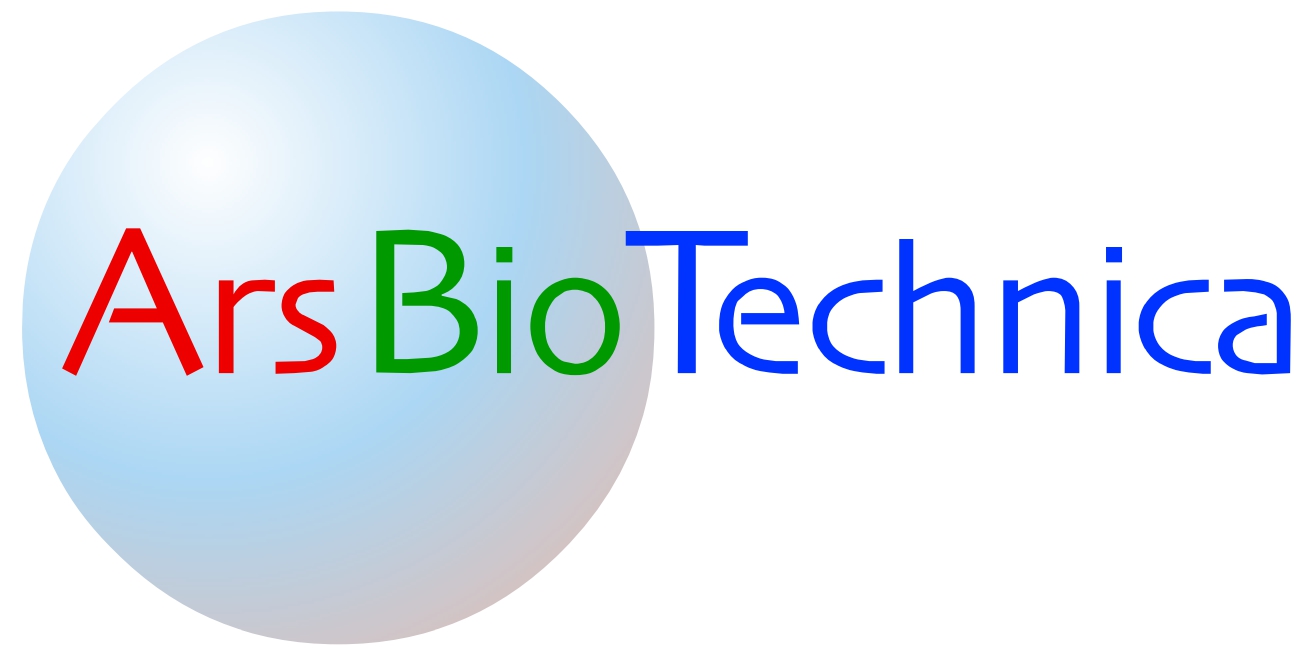Team:FHS Frederick MD
From 2014hs.igem.org
(→Attributions: Moved section to another page.) |
(→Public Awareness: Moved section to its own page) |
||
| Line 112: | Line 112: | ||
The gene could also be examined in order to increase electrical output on a larger scale and thus increasing fuel cell performance. | The gene could also be examined in order to increase electrical output on a larger scale and thus increasing fuel cell performance. | ||
| - | |||
| - | |||
| - | |||
| - | |||
| - | |||
| - | |||
| - | |||
| - | |||
| - | |||
| - | |||
| - | |||
| - | |||
| - | |||
| - | |||
| - | |||
| - | |||
| - | |||
| - | |||
| - | |||
| - | |||
| - | |||
| - | |||
| - | |||
===Sponsors=== | ===Sponsors=== | ||
Revision as of 09:52, 19 June 2014
Team
We are interested in creating a microbial fuel cell that utilizes anaerobic bacteria to produce electricity. In order to optimize the growth conditions in the fuel cell, a fluorescent protein marker will be added so to visualize bacterial growth. We plan to implement an oxygen-sensitive promoter to induce expression of the glowing gene. This should ensure that bacteria only grow under anaerobic conditions. This would lead to the creation of a genetic construct that can be deposited back into the “toolbox” parts repository for iGEM.
Goals
Microbial Fuel Cells
A microbial fuel cell is a device that converts the chemical reactions of bacteria into electricity. Within the fuel cell certain bacteria under anaerobic conditions will remove the electrons from organic matter and transfer them to an anode, which will then transfer the electrons through a circuit to a cathode. The current and voltage produced by this process is what creates the electricity required to power certain objects such as a light bulb.
The bacteria that we are currently creating is meant to optimize the microbial fuel cell's potential, as bacteria that will glow under anaerobic conditions will reveal any weaknesses in the fuel cell, structural or otherwise, which can then be assessed and dealt with.
Gene Design
(Kyle and Jonathon, briefly summarize how NirB and LOV work together.)
NirB Promoter
The NirB gene is reliant on a fumarate and nitrate reductase (FNR), which allows the promoter to activate when there is no oxygen present, as well as facilitates in the regulation of transcription that is responsible for the growth under anaerobic conditions. When oxygen is not present, the 4Fe-4S complex helps join the FNR components. As this happens, it becomes a protein that attaches to the NirB part of the DNA, which results in the production of the LOV gene.
In an experiment by Morales, sterile oil was glossed over the tube containing the bacteria. The bacteria were then able to use the oxygen until the levels were completely depleted, resulting in a fully anaerobic environment. Once fully anaerobic, the bacteria continued to produce the LOV gene product.
Morales, Pedro Luis Dorado. "pNirB + Gene encoding ZsGreen1." . http://parts.igem.org/Part:BBa_K763002 (accessed June 16, 2014).
LOV Domain
(Jonathon, this is your area to describe how we engineered the LOV gene.)
See LOV Domain for a more detailed description of how we constructed the gene.
LOV stands for light oxygen voltage. It is a sensor protein that detects the presence of blue light(365nm). In its wild type form it is used by higher plants, fungi, and bacteria. In higher plants LOV controls phototropism and chloroplasts relocation. In this form it absorbs blue light(365nm) and in the wild state flavin mononuclotides(FMN) link to cysteine. This results in LOV not being able to emit green light(495nm) due to FMN. We choose to modify LOV as are anaerobic environment and growth indicator. We choose love over green fluorescent protiens(GFP) due to the fact that GFPs are completely depend on molecular oxygen to glow. However due to FMN LOV can not release green light(495nm). Thomas Drepper found a solution to this problem Drepper and his fellow researchers realized the effects of FMN and found away to remove it. By eliminating the cysteine amino acid FMN had nothing to bind to. Following Dreppers model we removed the cysteine amino acid from bacillus subtilis.
To create the LOV strand, we initially created cultures of E.coli containing the plasmid pBB1MCS2. We chose this plasmid due to its ability to transform a wide range of bacteria, including our desired host bacterial strain of Schwenella odeneidensis for the LOV gene. We grew it in kanamycin-rich plates to eliminate all possible bacterial colonies lacking pBB1MCS2. Using the Quia prep spin mini prepkit, we extracted the plasmid from the E.coli bacteria. We tested the purity of the uncut plasmid through electrophoresis.
We then grew cultures of Bacillus subtilis that contained the desired LOV domian. Extraction of the genomic DNA from B.subtilis was accomplished through a boil prep procedure.
We then digested LOV and NirB into two separate preps containing the plasmid pB1C3 already treated with EcoRI and PstI,which originated from the iGEM 3A assembly kit.
Ligation of the two digests of NirB and LOV were completed fusing them to the plasmid pB1C3. Using these new plasmids, we then commenced on transformation of the LyoComp cells. However the transformation efficiency was very low.. After two failed transformations, we decided to create our own chemically competent cells,thus created E.coli NE1U beta cells. We then performed another digestion, as well as ligation, with LOV and NirB. We completed another transformation using E.coli NE1U Beta bacteria with the prepared plasmids. Following the incubation period, we saw growth on all plates cultured,with the exception of the negative control. Thus we can conclude that we extracted the two plasmids using the mini prep kit and successfully transformed those plasmids into the bacteria to show expression.
Methods
(This is Dillon's domain.)
3A Assembly
We used the 3A, or 3 antibody, assembly kit in order to transform E.coli with two genes, the LOV gene and the NirB gene. These genes will allow for further work with Schwenella bacteria in the anaerobic microbial fuel cell. We then used the mini-prep components of the kit to purify our plasmid. We verified the plasmid's presence through electrophoresis and further sequence analysis.
Results/Conclusions
What did you achieve over the course of your semester?
Safety
What safety precautions did your team take? Did you take a safety training course? Were you supervised at all times in the lab?
We wore gloves and lab coats during each lab experiment in order to maintain sterility Goggles were worn during lab in order to protect our eyes Supervision was a necessity. Either Mr. Trice or Dr. Rozak were always present during all lab experiments.
Human Practices
As renewable energy and alternative energy resources have become more and more important in the world we live in today, answers, not suggestions, must be found. The research we enacted will allow naturally-occurring bacteria in the soil to generate electricity, rather than traditional methods, such as coal. Through the genetic engineering of the bacteria, we will be able to enhance the bacteria's ability to deposit electrons on the electrodes to produce electricity.
Renewable Energy
(Kyle: How do fuel cell help produce clean renewable energy?) The renewable energy being produced by the fuel cell is the electricity. With the growing of energy scarcity this produces a clean renewable source of energy with readily available use of nutrients.
Clean Water
The bacteria within microbial fuel cells will eat away at many forms of organic matter found in wastewater, thereby fulfilling the role of a treatment plant, and creating a clean water source.
There are also no waste products produced by microbial fuel cells, as the energy they generate is taken from the electrons of the organic matter they digest, therefore making pollutants such as nitrogen and other toxic byproducts of no concern.
Basic Research
Researchers could use our fluorescent gene to determine the length of time it takes from initial placement of the bacteria in the soil until the time electrical energy is generated. Research could be done to amplify the gene and cause the bacteria to generate more energy in a more timely time frame.
Researchers could also use the gene to determine the optimal bacterial concentration that needs to be implemented in order to maximize energy output.
With the glowing gene, researchers could also look at optimal soil types i.e. what nutrients are in the soil, the moisture amount, the soil analysis, etc. Certain soils may generate more electricity or more nutrients may need to be added to soil in order to maximize performance. Farmers may also be able to look at what crops produce certain nutrients and then plan from there as to how to generate electricity.
The gene could also be examined in order to increase electrical output on a larger scale and thus increasing fuel cell performance.
 "
"




